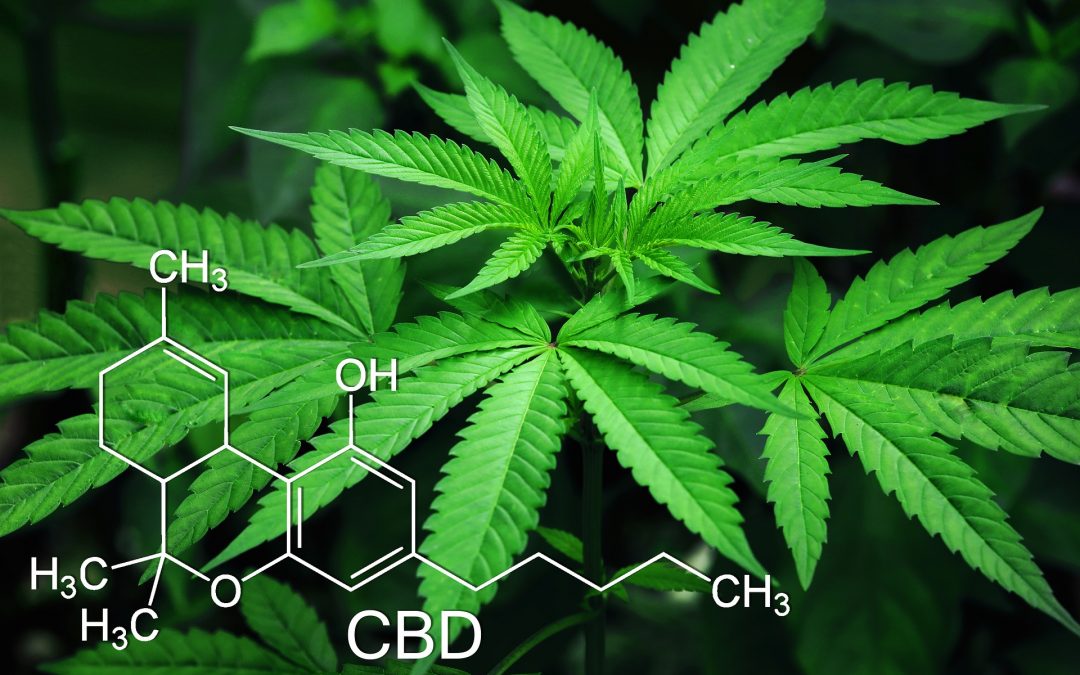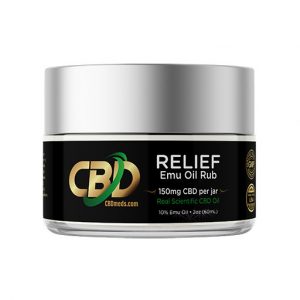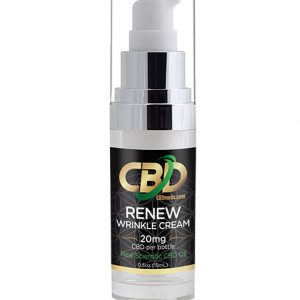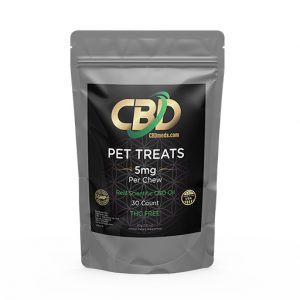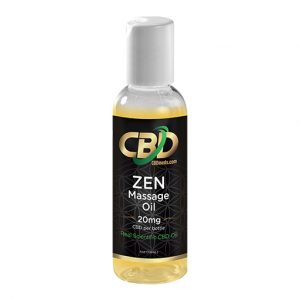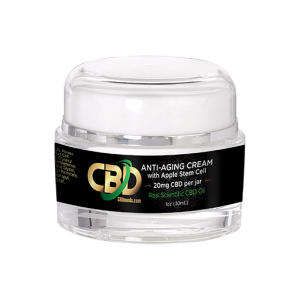CBD (cannabidiol) is the non-psychoactive part of the cannabis plant extracted and used for health benefits. In order to make CBD oil, the substance has to be isolated from either hemp or marijuana plants (for legal reasons, CBD oil is generally isolated from hemp, which has lower psychoactivity and TCH levels).
Cannabinoids are chemical compounds, and cannabidiol is one of the active compounds (CBD). The goal of extraction is to isolate cannabidiol and leave other cannabinoids intact while ridding the finished product of psychoactive compounds (THC). There are a number of alleged health benefits to CBD, but keep in mind that research is still being conducted and results are unclear.
In popular literature, you’ll come across CO2 and ethanol extraction as the two most popular ways of isolating cannabidiol, but the extraction process of isolating CBD can be done in a number of ways. Ethanol is simply an organic solvent and can be swapped for other organic solvents. We’ll detail some of the more common CBD extractions, and reference a couple of methods that are still in test stages.
CO2 Extraction
“CO2 extraction” may sound like a scary and dangerous process, but remember, CO2 is just carbon-dioxide, the same substance used to produce carbonated water and soda! It is the same extractor sometimes used to remove caffeine from coffee beans.
The most popular extraction method for small batch CBD, CO2 extraction leverages temperature and pressure to extract cannabidiol. One of the larger companies in the CBD game, PotNetwork Holdings, uses a supercritical CO2 extraction to get the purest CBD. The process requires equipment and systems generally not suitable for the untrained.
Unlike organic solvents, CO2 acts as a solvent only at certain temperatures and pressures, allowing extractors a lot of control over the process. There are two ends of the spectrum in CO2 extraction, “supercritical” (which involves high temperature and pressure) and “subcritical” (involving low temperature and pressure).
When people say “supercritical CO2 extraction”, they are referring to the state of CO2 when pressure and temperature are used to put CO2 in a “supercritical” state halfway between a gas and liquid. The supercritical state is perfect for toxin-free extraction and isn’t dangerous. A “subcritical” CO2 extraction uses a low temperature and pressure to draw out CBD without damaging the plant.
In addition to super and sub-critical models, CO2 in a solid-state (dry ice) can also be used for extraction. It is the more difficult of the at-home distillation processes (go with olive oil if you’re going to try it yourself) but can be effective in small batches. To do it, you have to chop up cannabis and combine it in a bag with dry ice, shaking it to get the oils to mix with the CO2 and extract the CBD.
Pros:
- Generally produces a safer CBD, less toxin and flammability worries than ethanol and organic solvent solutions.
- Higher-quality CBD free of chlorophyll
- CO2 is a safe product used in food all the time
Cons:
- Difficult to master. Requires more equipment and training than organic solvent methods.
- More expensive than other CBD extraction methods.
Ethanol (And Other Organic Solvents)
The most popular and easiest way to extract CBD is to use an organic solvent. Ethanol is a popular CBD extraction technique, but it isn’t the only organic solvent that can be used for CBD extraction. Methanol, chloroform, butane, and hexane all also work as CBD extractants.
An article in Science Direct details recent research into CBD extraction using Ethanol. The study found that “the concentration of ethanol strongly affects the composition of obtained extracts.” The high ethanol concentration, 80% and 96%, obtained much purer extracts with high amounts of CBD. If ethanol is used to isolate CBD, the higher concentrations of ethanol will yield higher concentrations of CBD.
Using ethanol creates non-biodegradable waste and is not an eco-friendly process. Some companies are trying to change that, like Greenbelt resources and NCM Biotech’s attempt to create quality CBD with bioethanol that carries a lower carbon footprint and actually works better than organic ethanol extraction.
Pros
- Low cost of function
- Easy extraction process doesn’t require significant equipment or training
Cons
- Organic solvents can create nonbiodegradable waste
- Destroys certain plant waxes which have some of the alleged health benefits of CBD
- Flammability and toxicity pose problems for both the human extractors and the environment at large.
Water Vapor Extraction
Similar to CO2 extraction (in that it also leverages heat and pressure) is the patented thermal extraction process used by the company making CBD for your pets–Petabis. The company provides itself on offering full-spectrum CBD that includes the other medicinal compounds found in cannabinoids, removing only the psychoactive THC and leaving the rest of the plant intact. The process takes mere seconds instead of the hours required by CO2 extraction, and the process uses no chemical solvents. The process is also zero waste!
Pros:
- Zero-waste
- Time and energy-efficient process
- Produces a nutty, buttery-tasting CBD
- Full-spectrum extraction because it isolates and removes the psychoactive materials.
Cons:
- Well… done by a company making CBD for pets.
Olive Oil Extraction
The at-home equivalent of weed brownies, you can also cook your own CBD using regular old olive oil! It’s a safe process, requiring you to first heat the hemp product and then “cook” it in hot olive oil to draw out the chemicals. The product is pretty unstable and requires careful storage so it doesn’t perish.
Pros:
- You can make your own CBD!
Cons:
- Highly perishable
- Not the purest extraction
- Not great for larger batches
Dust Processing
When hemp is processed for fibre production, around 33% of the plant can be lost in processing as “dust.” This article from the journal Science Direct details some research that found supercritical fluids were effective for the extraction of waxes and CBD from hemp waste. The study found that Heptane Soxhlet was an effective extraction process for hemp dust.
Pros:
- Uses normally unusable parts of the hemp plant.
Cons:
- It would have to be used in conjunction with a more standard CBD extraction process.
Conclusion
CBD extraction is still in its early stages of research. The best methods will produce pure and quality CBD, leaving other cannabinoids intact (full spectrum), while not harming the people making it or harming the environment. Newer methods of pressure, temperature, and water vapor seem to be the most fruitful areas of research.

